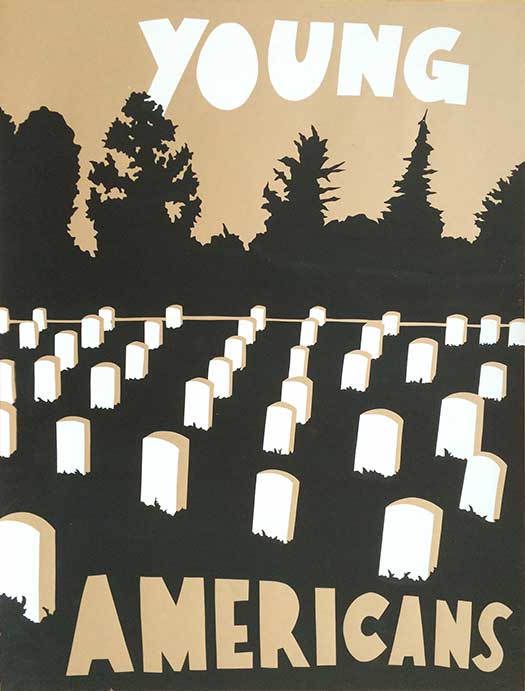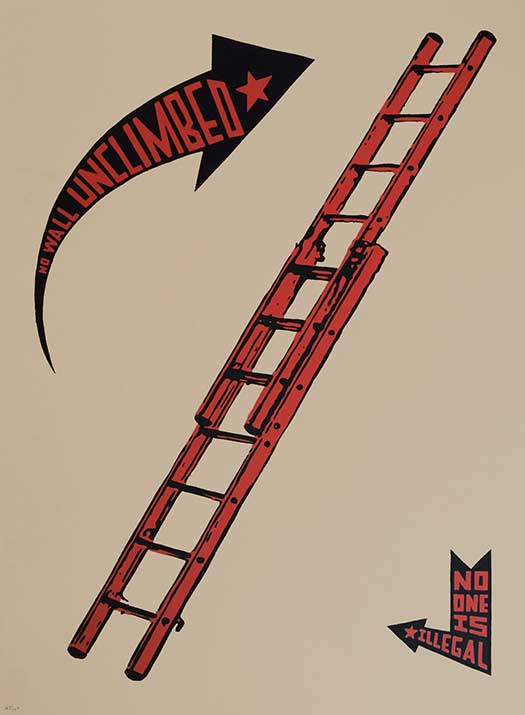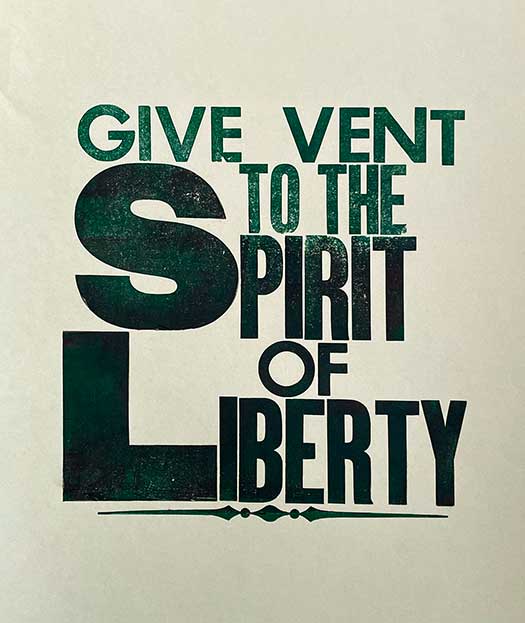For the first four weeks of looking at the output of Curbstone Press, I broke the books into semi-distinct categories: Roque Dalton and Curbstone’s origins, Claribel Alegría and other Latin American Literature, the Art on The Line series, and the crossover with Danish artists and writers. This final week is everything that fell through the cracks of my ad hoc system.
While the above makes up 80% or so of Curbstones early output (I’m really only looking at 1975-1995 in these posts, but Curbstone continued to publish, and still nominally exists as an imprint of Nortwestern University Press), there were other interests as well. I assume because of physical proximity, it appears that the editors were in close contact with socially-engaged poets who taught at the University of Connecticut. Richard Schaaf was one of those, and his 1975 poetry collection Revolutionary at Home must have been one of Curbstone’s first books. The cover is really charming, with Schaaf pictured up on a later tuckpointing a building (maybe his home?). The image brings forward the multiple possible meanings of the words in the title, both “revolutionary” and what that entails, and “at home.”
For most of the 70s and 80s, poetry books where the bread and butter of Curbstone, and below are a couple of them that run on the more feminist side, Joan Joffe Hall’s The Rift Zone (1977) and Sarah Menefee’s I’m Not Thousandfurs (1986). The Joffe Hall cover is interesting, designed by Judy Ayer Doyle and featuring the woodcut “Entering the Mainstream” by Berit Lieng Pfanzelter. The spot color printing in shades of red and orange is nice, and I like the use of such a unique font (which almost looks hand-drawn).
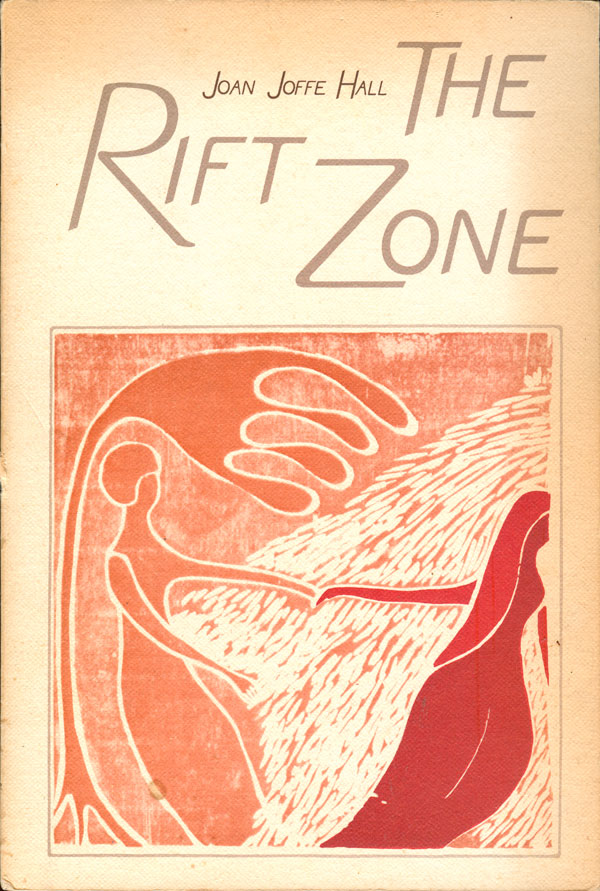

Thomas Churchill’s Centralia Dead March (1980) is an historical IWW novel. It sounds cool, but I haven’t had a chance to read it yet. The cover is entirely text-based, pretty much no frills. The title is bold and clear, the small text is not the beginning of the novel, but an excerpt from a union leaflet. I understand the motivation to turn the cover into a text in and of itself, but it rarely seems to work. I’m not sure about this one, the manifesto is cool, but sadly I doubt I would sit and read it in a bookstore, more likely just pass it by.
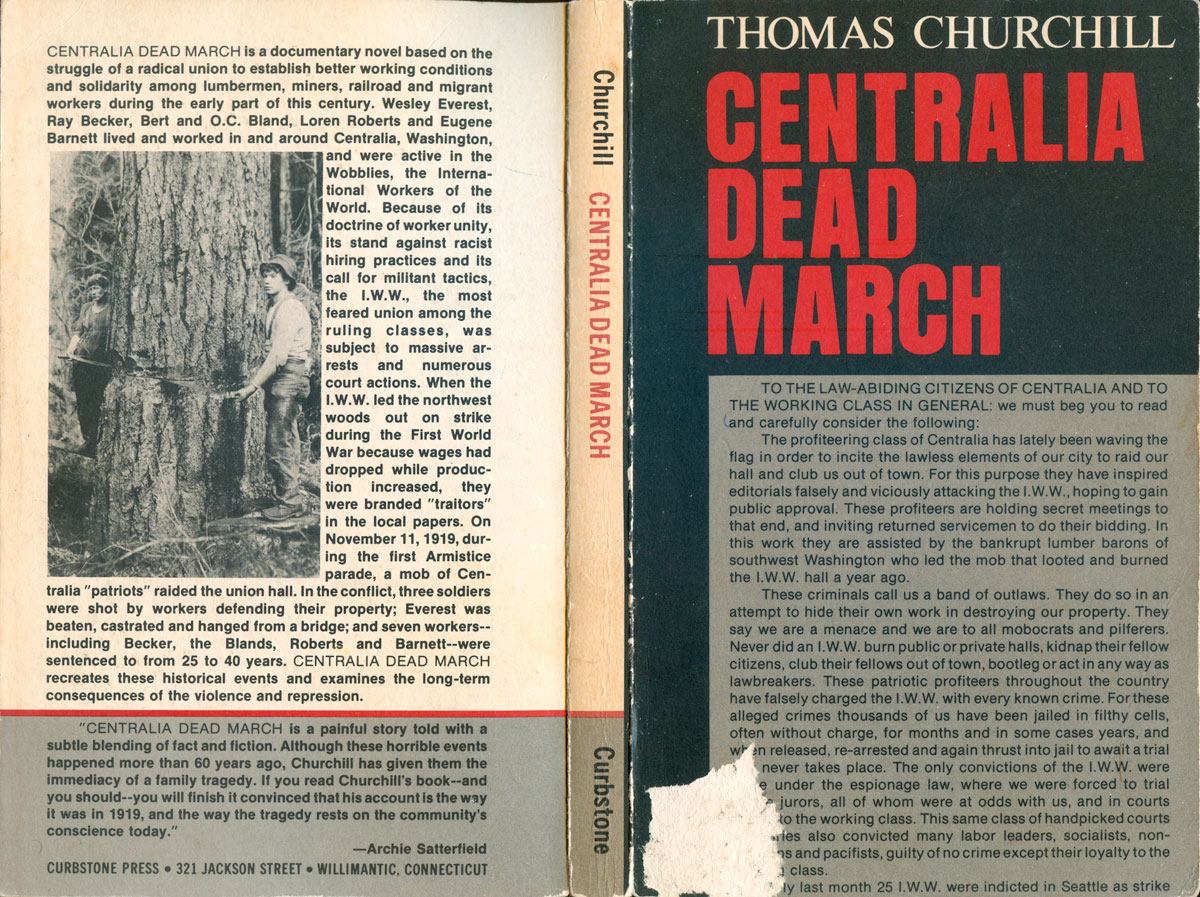
The Shadow by the Door (1988) is illustrated by an Antonio Frasconi print, an image which is similar to (yet different) the prints of bodies featured in his 1971 rendition of Herman Melville’s On the Slain Collegians (keep an eye here in the future for a big series on the covers of Frasconi, I’ve been collecting them for years!). I suspect a Frasconi print was just grabbed and plopped onto the cover by another designer, as the rest of the cover is pretty pedestrian, and isn’t reminiscent of any of Frasconi’s other work.
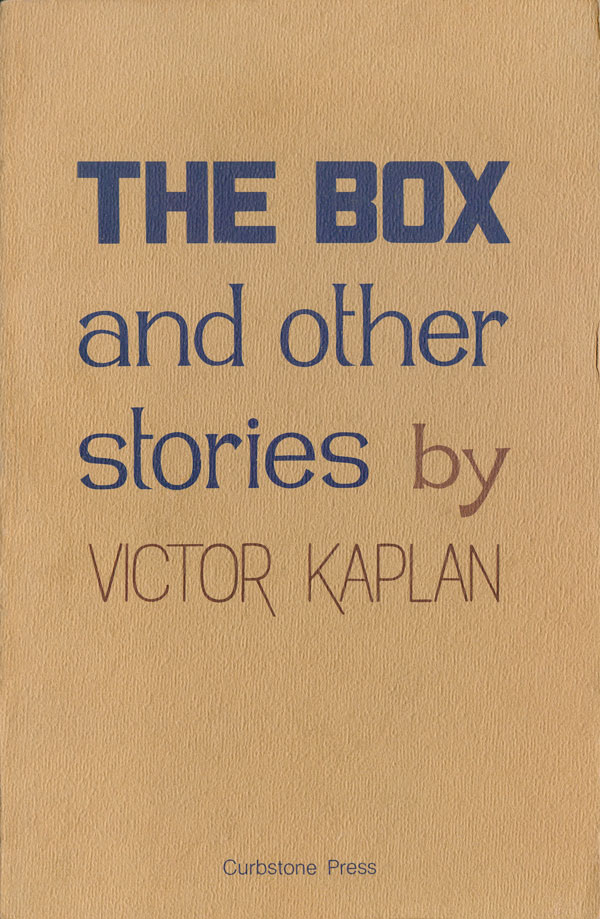
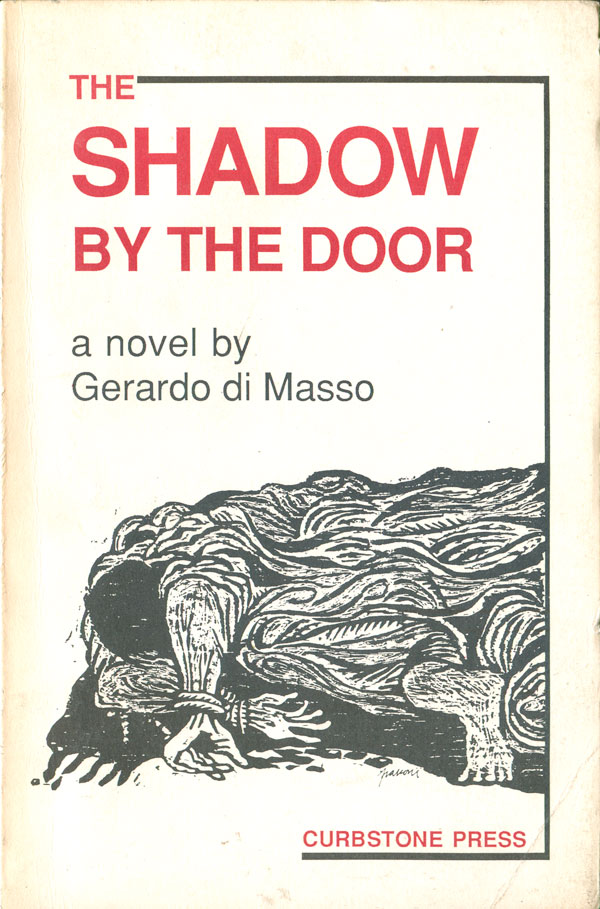
The Leonel Rugama cover is a bit of a mystery. The book credits the cover “photo” to Brian Ruonavaara, but the image is clearly a drawing. The cover really stands out in the Curbstone stable; the colors are of a much gentler and cooler than most of their books, the face is shaded and mysterious, and the author’s name is in a nice hand-drawn font.
The Argueta cover is the last in the series here, and the latest date wise I have, 1998. Unfortunately it’s a bit like going out with a sputter. Much of the later Curbstone output has lackluster covers, which seems to be the work of either laziness or a desire to fit more into the mainstream of cover design in the late 90s/early 2000s.
For over twenty years Curbstone innovated, not only with content, but in trying to publish unique and interesting books on tight budgets. In the early days they used distinct papers, spot color printing, and hand-drawn elements, creating book objects that feel like they were actively conceived from all angles, inside and out.
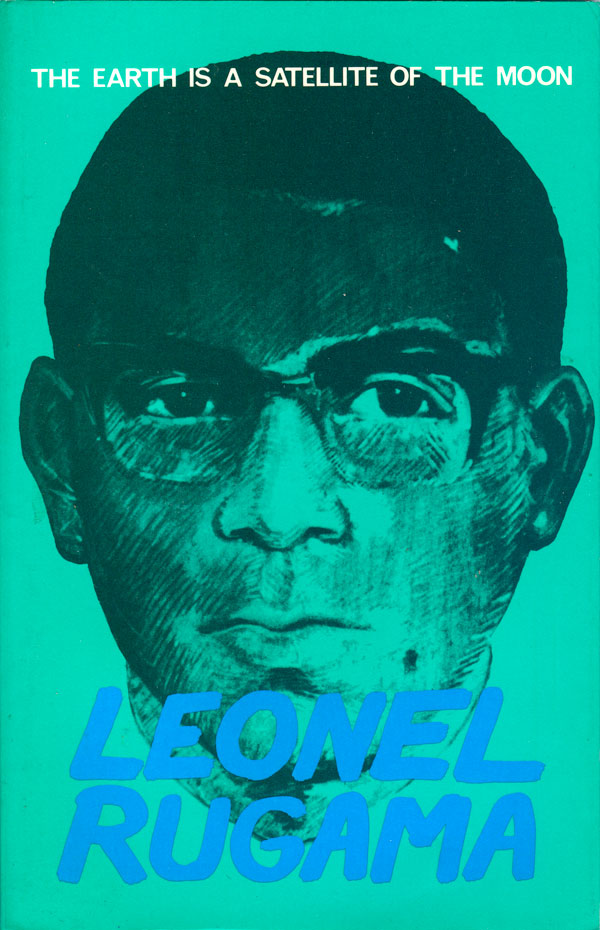
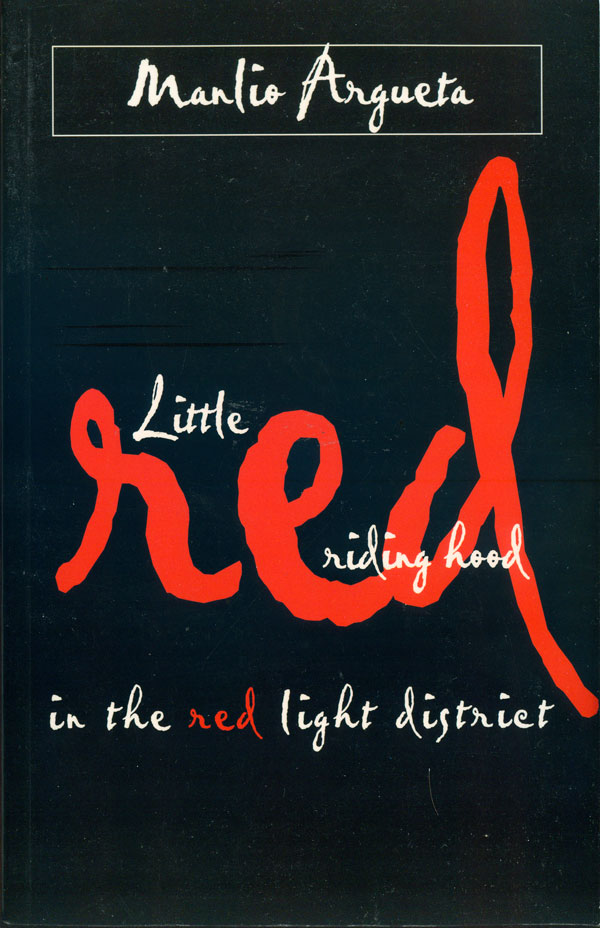
Here is a partial bibliography for the books I’ve been discussing over the past 5 weeks:
Claribel Alegría, Luisa in Realityland (Willimantic, CT: Curbstone Press, 1988). Cover design by Stone Graphics.
Claribel Alegría & Darwin J. Flakoll, Ashes of Izalco (Willimantic, CT: Curbstone Press, 1989). Cover design by Bob Baldock.
Claribel Alegría & Darwin J. Flakoll, Death of Somoza (Willimantic, CT: Curbstone Press, 1996). Cover design by Les Kanturek.
Claribel Alegría & Darwin J. Flakoll, eds., On the Front Line: Guerrilla Poems of El Salvador (Willimantic, CT: Curbstone Press, 1996). Cover design by Barbara Byers.
Claribel Alegría & Darwin J. Flakoll, Tunnel to Canto Grande (Willimantic, CT: Curbstone Press, 1996).
Manlio Argueta, Little Red Riding Hood in the Red Light District (Willimantic, CT: Curbstone Press, 1998). Cover design by Les Kanturek.
Otto René Castillo, Let’s Go! (Willimantic, CT: Curbstone Press, 1984). Cover unattributed.
Thomas Churchill, Centralia Dead March (Willimantic, CT: Curbstone Press, 1980). Cover design unattributed.
Roque Dalton, Miguel Marmol (Willimantic, CT: Curbstone Press, 1987). Cover design by Dea Trier Mørch.
Roque Dalton, Poemas Clandestinos/Clandestine Poems (Willimantic, CT: Curbstone Press, 1990). Cover design by Anne Walzer.
Roque Dalton, Poems (Willimantic, CT: Curbstone Press, 1984). Cover photo by Kurt Records.
Roque Dalton, Poetry and Militancy in Latin America/Art On the Line 1(Willimantic, CT: Curbstone Press, 1981). Cover design unattributed.
Roque Dalton, Small Hours of the Night (Willimantic, CT: Curbstone Press, 1996). Cover design by Naomi Taubleb.
Teresa de Jesús, De Repente/All of a Sudden (Willimantic, CT: Curbstone Press, 1979). Cover design and imagery by Jeffoto.
Gerardo di Masso, The Shadow by the Door (Willimantic, CT: Curbstone Press, 1988). Cover illustration by Antonio Frasconi.
Martin Espada, ed., Poetry Like Bread: Poets of the Political Imagination from Curbstone Press (Willimantic, CT: Curbstone Press, 1994). Cover design by Les Kanturek.
Martin Espada, Rebellion is the Circle of a Lover’s Hands (Willimantic, CT: Curbstone Press, 1990).
George Grosz, John Heartfield, and Wieland Herfelde, Art is in Danger!/Art on the Line 5 (Willimantic, CT: Curbstone Press, 1987). Cover design unattributed.
Joan Joffe Hall, The Rift Zone (Willimantic, CT: Curbstone Press, 1977). Cover design by Judy Ayer Doyle; cover woodcut, “Entering the Mainstream” by Berit Lieng Pfanzelter.
Jack Hirschman, ed., Art On the Line: Essays by Artists about the Point Where Their Art and Activism Intersect (Willimantic, CT: Curbstone Press, 2002). Cover design by Stone Graphics, cover print by Naul Ojeda.
Victor Kaplan, The Box and Other Stories (Willimantic, CT: Curbstone Press, 1979). Cover design unattributed.
Ivan Malinowski (illustrated by Dea Trier Mørch), Fugue (Willimantic, CT: Curbstone Press, 1986). Cover design by Dea Trier Mørch.
Vladimir Mayakovsky, How to Make Verse/Art on the Line 4 (Willimantic, CT: Curbstone Press, 1985). Cover design unattributed.
Sarah Menefee, I’m Not Thousandfurs (Willimantic, CT: Curbstone Press, 1986). Cover painting by Sarah Menefee.
Palle Nielsen, The Enchanted City (Willimantic, CT: Curbstone Press, 1987). Cover design by Stone Graphics; cover image by Palle Nielsen.
Maria A. Proser & James Scully, trans., Quechua Peoples Poetry (Willimantic, CT: Curbstone Press, 1976). Cover design by Judy Ayer Doyle and James Scully.
Klaus Rifbjerg, Selected Poems (third edition)(Willimantic, CT: Curbstone Press, 1984). Cover design by Stone Graphics.
Leonel Rugama, The Earth is a Satellite of the Moon (Willimantic, CT: Curbstone Press, 1985). Cover photo by Brian Ruonavaara.
Jorge Sanjinés and the Ukamau Group, Theory and Practice of a Cinema with the People/Art on the Line 6 (Willimantic, CT: Curbstone Press, 1987). Cover design unattributed.
Richard Schaaf, Revolutionary at Home (Willimantic, CT: Curbstone Press, 1975). Cover photo by Mel Rosenthal.
César Vallejo, Autopsy on Surrealism/Art on the Line 3 (Willimantic, CT: Curbstone Press, 1982). Cover design unattributed.
César Vallejo, The Mayakovsky Case/Art on the Line 2 (Willimantic, CT: Curbstone Press, 1982). Cover design unattributed.





